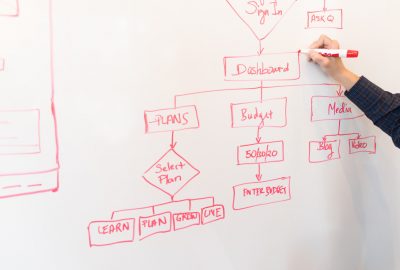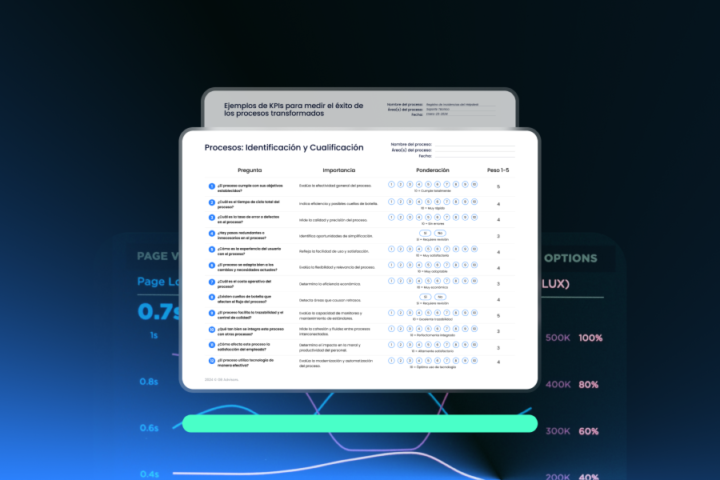In terms of technology, ITSM frameworks, and approaches, trends come and go. Although there are standards such as ITIL or COBIT that have managed to keep up to date for many years, the advent of the digital era has promoted the emergence of new approaches aimed at improving the way in which companies manage their processes.

One of the new approaches that are now generating a lot of talk among Service Management professionals is VeriSM.
Representing a new perspective, VeriSM appears to be all companies need to address such hot topics as digital transformation, adoption of an Agile approach, and implementation of the hybrid cloud.
Want to know more about this proposition and its business benefits? Don’t miss this article we’ve prepared for you today.
What is VeriSM?
VeriSM (Value-driven Evolving Responsive Integrated Service Management) was developed in 2017 by the IFDC (International Foundation for Digital Competences) with the aim of responding more effectively to the changes that are occurring in the digital landscape.
VeriSM is an integrated, scalable and value-centric service management system. This approach focuses on implementing new service management practices across the organization.

For VeriSM, these new practices will no longer focus exclusively on the IT department but will be more flexible. They will also seek to focus more on creating value and accelerating time to market for new products and services.
Some key ideas about VeriSM
To better understand how VeriSM works, it is important that we review some of its key ideas:
- Every company is a service provider. Organizing or improving services is a joint effort of the entire organization. The IT department shouldn’t do it alone.
- Flexibility is important. Do not force all teams to work with the same tools or frameworks. They need to have the freedom to choose what suits them best.
- The IT department represents an organizational skill like any other. Therefore, it must work closely with all other capabilities in the design, construction, and management of digital services.
- All organizations must be aware of their environment, resources and capabilities (both internal and external) when designing, developing and delivering digital services.
- Clearly defined service management principles should be used as a guide for any new service.
VeriSM and its Management Mesh
The model for Service Management proposed by VeriSM is the Management Mesh. It is based on four activities that revolve around the life cycle of a service:
This model is characterized by its flexibility, as it is able to adapt smoothly to the needs of any product or service.
The 4 poles of Mesh Management are:
Environments: It encompasses the company’s processes, metrics, culture, and competitors.
Resources: These are all the equipment, assets, knowledge that the company has, other time and budget available.
Management practices: Refers to standards and frameworks such as ITIL, COBIT, DevOps, Agile, Lean, etc.
Emerging technologies: This refers for example to cloud services, containers, Big Data, AI, etc.
VeriSM considers these poles and their interaction in the creation of every company’s product and service.
How to apply VeriSM?

One of the main ideas underlying this approach is that each company has a different context and needs. Based on this idea, VeriSM does not propose any step-by-step guide for its implementation. However, it does establish some guidelines that can serve as a guide for organizations.
Focus on customers
Your customers must be the starting point for the creation of services. Focus on getting to know their expectations and needs, and based on this, design products that really add value to your consumers.
Define principles for your services
Each department, depending on customer needs, can establish principles or standards for its services. According to the context, these principles can prioritize quality, safety or speed in service delivery.
Design a customized Management Mesh
Create a personalized Management Mesh that adapts to the particular needs of each department of the company. You can use different resources, tools, and best management practices to achieve combinations that are different for each team.
The idea is that the mesh responds comprehensively to the requirements of each working group.
Does VeriSM represent the end of other approaches such as ITIL?
Many have announced it that way, however, VeriSM is not intended to supplant existing frameworks such as ITIL or COBIT.

On the contrary, it proposes a coherent combination of best practices that are adapted to the needs of companies. This means that more than a substitute, VeriSM intends to be a complement to the current standards.
VeriSM’s most important innovation is its idea that you should formulate your own guidelines for your services. It is a bit comparable to the 4 agile values, but the main difference is that VeriSM does not limit you in the choice of the principles to which you must adhere. This choice is left to each organization. The only guideline lies in choosing principles that offer real support to the services that your company develops.
In short,
- VeriSM promotes the creation of a Service Management strategy that considers all departments of the company.
- This approach, rather than replacing the current frameworks, seeks to complement them.
- VeriSM wants companies to create their own combination of tools, practices, and resources to meet their needs and create products that meet customer expectations.
Remember, there is a huge variety of choices when it comes to standards and tools. The process of choosing one or the other can be simpler with the help of the right advice.
VeriSM is part of the different options that you have around Service Management, if you want to know other solutions of great efficiency, contact us. GB Advisors’ team will help you make the best decision for your company.
Did you find this information useful? You can also download a short pdf guide with this information here:



